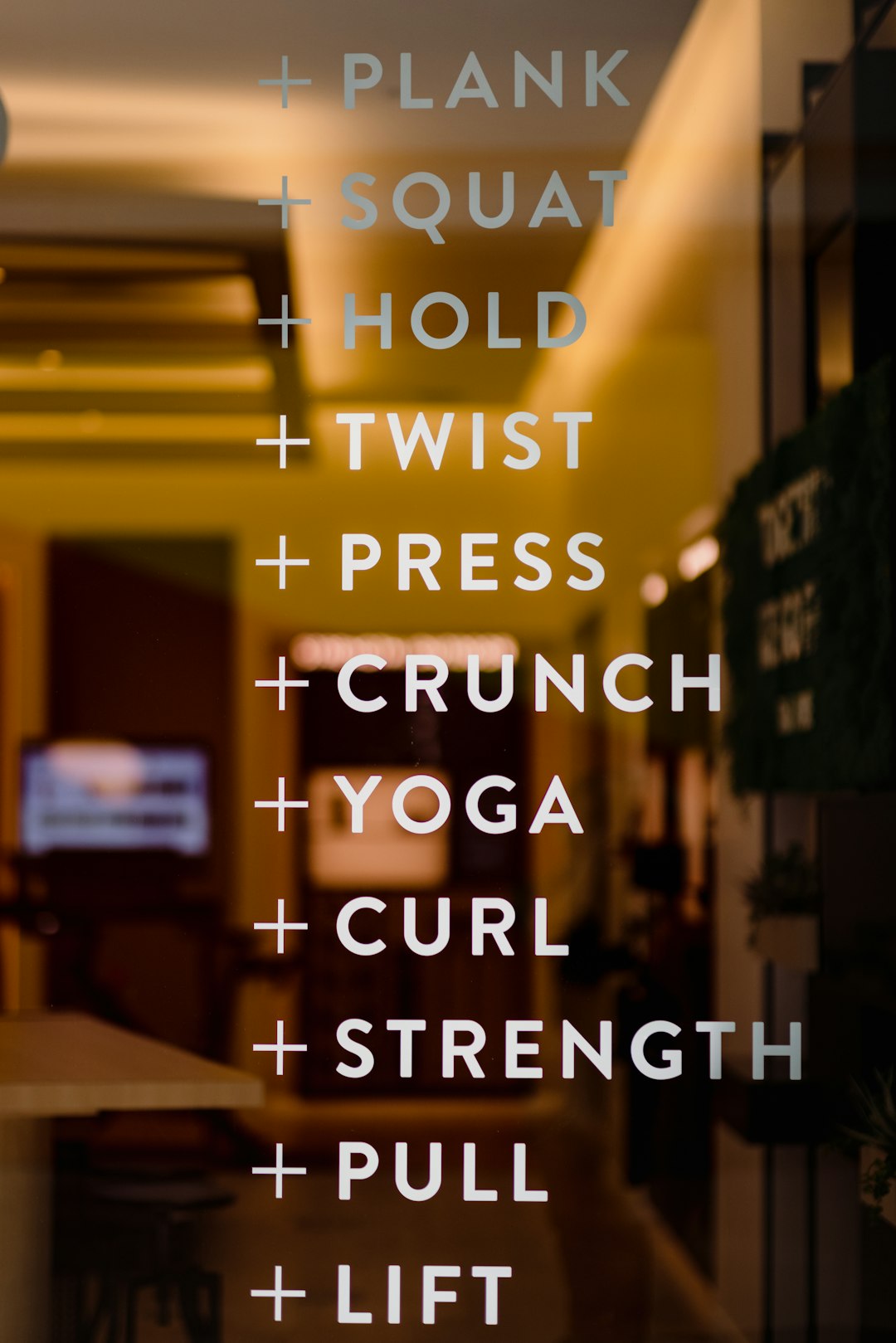
Building Powerful Physical Strength through Heart Healthy Exercise Routines
Building powerful physical strength while maintaining heart health is essential for overall wellness. Engaging in heart-healthy exercise routines not only boosts your muscular strength but also enhances cardiovascular efficiency, leading to improved endurance and longevity. This guide will delve into effective exercise strategies, recent research findings, and actionable advice that can help you in your journey toward a stronger and healthier you.
Understanding the Connection Between Strength and Heart Health
Recent studies have shown that strength training can significantly benefit cardiovascular health. According to research published in the American Journal of Cardiology, individuals who incorporate resistance training into their fitness routines can reduce their risk of heart disease, lower blood pressure, and improve lipid profiles. This connection emphasizes the importance of combining strength-building exercises with cardiovascular workouts.
Key Components of a Heart Healthy Exercise Routine
To build significant physical strength while supporting heart health, consider these key components:
1. Incorporate Resistance Training
Resistance training is vital for building muscle mass and increasing strength. Aim for at least two sessions per week, focusing on major muscle groups. Utilize bodyweight exercises, free weights, or resistance bands. Here are some effective exercises:
- Squats: Strengthens the lower body.
- Push-ups: Great for upper body strength.
- Deadlifts: Works multiple muscle groups, enhancing core strength.
2. Add Cardiovascular Workouts
Cardiovascular exercises, such as running, cycling, and swimming, improve heart efficiency. Aim for at least 150 minutes of moderate-intensity aerobic activity weekly. This can include:
- Brisk Walking: Low-impact and accessible.
- Jogging or Running: Increases heart rate and endurance.
- Swimming: A full-body workout that is easy on the joints.
3. Interval Training
Incorporating high-intensity interval training (HIIT) can elevate your heart rate and improve both strength and endurance. A typical HIIT session alternates between short bursts of intense activity followed by rest or low-intensity periods. For example:
- 30 seconds of sprinting followed by 1 minute of walking can be repeated for 20-30 minutes.
Practical Strategies for Implementation
1. Set Realistic Goals
Start with achievable goals based on your current fitness level. Gradually increase the intensity, duration, and frequency of your workouts to avoid burnout and injuries.
2. Stay Consistent
Consistency is key. Create a weekly workout schedule that incorporates both strength training and cardiovascular exercises. Finding a workout buddy can also keep you motivated.
3. Listen to Your Body
Pay attention to how your body responds to different exercises. It’s crucial to differentiate between discomfort and pain. If you experience pain, modify your routine or consult a fitness professional.
Addressing Common Misconceptions
1. “You Need to Lift Heavy Weights to Build Strength”
This is a common misconception. Progressive overload can be achieved through various means, including increased repetitions, decreased rest time, or utilizing lighter weights with higher volume.
2. “Cardio is the Only Way to Lose Weight”
While cardiovascular exercise is beneficial for weight loss, strength training plays a crucial role in increasing metabolic rate and aiding in weight management. Building muscle mass can enhance calorie burn even at rest.
Encouragement for Your Wellness Journey
Starting a new exercise routine can be challenging, but the benefits to your physical and mental health make it worthwhile. Celebrate small victories, and remember that progress takes time. Incorporate activities you enjoy to make your workouts more enjoyable.
Further Reading and Resources
To deepen your understanding of heart-healthy exercises and nutrition, consider exploring these resources:
- American Heart Association – Physical Activity and Your Heart
- Centers for Disease Control and Prevention – Healthy Weight
- Mayo Clinic – Strength Training 101
By integrating these practices into your lifestyle, you can build powerful physical strength while ensuring your heart remains healthy. Remember, the journey to wellness is ongoing, and every step you take contributes to a healthier, stronger you. Consider subscribing to wellness newsletters or following fitness blogs for continuous motivation and information. Share this guide with friends and family to inspire them on their wellness journeys as well!


